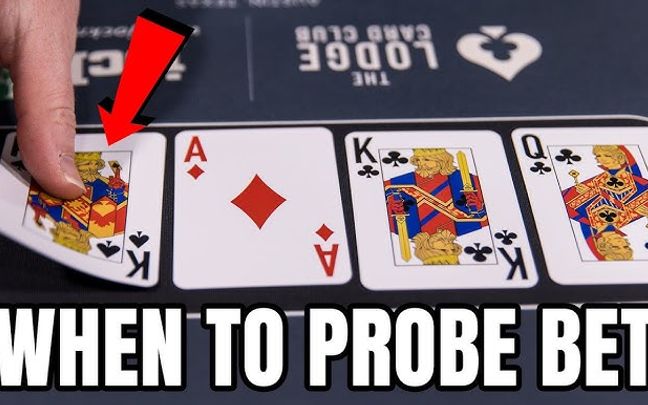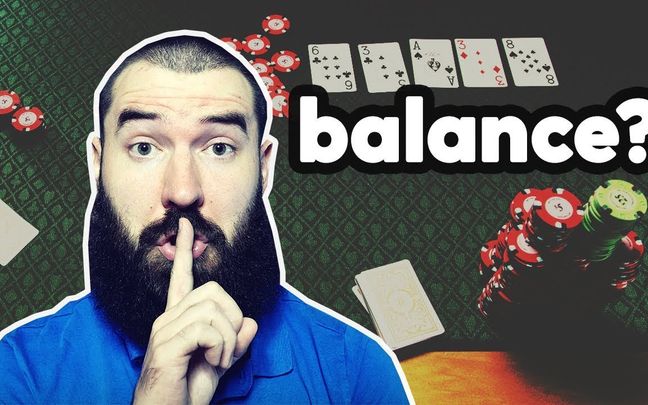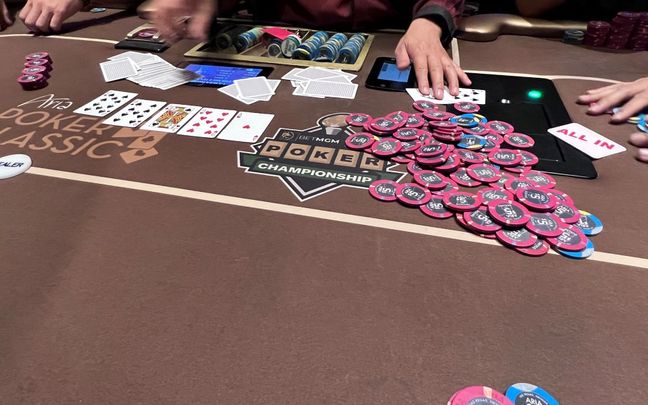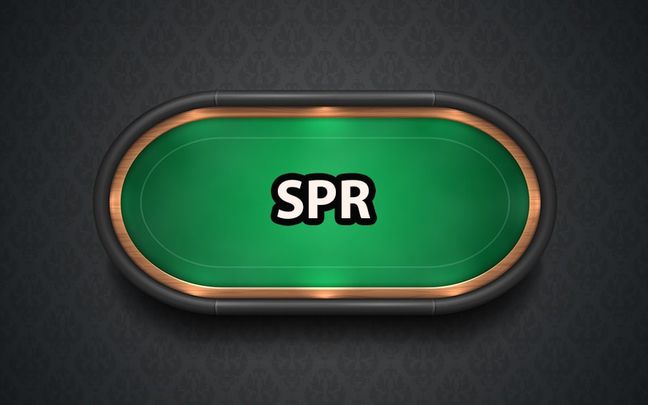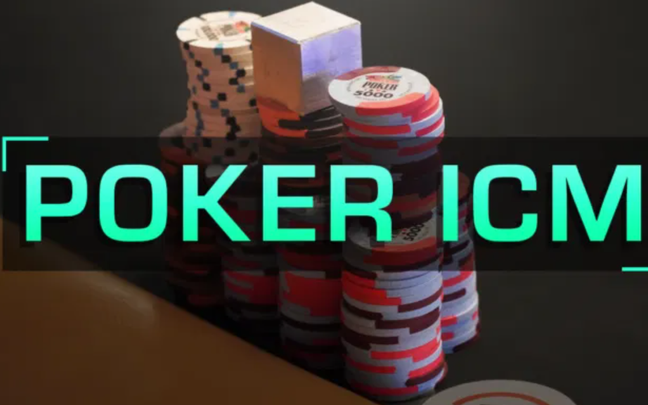C-Bet in poker is an important step after the flop has been raised. This is considered one of the most popular and effective tactics, playing a decisive role in the success or failure of players. This article will explore C-Bet in detail, from its definition to the influencing factors for successful application in poker.
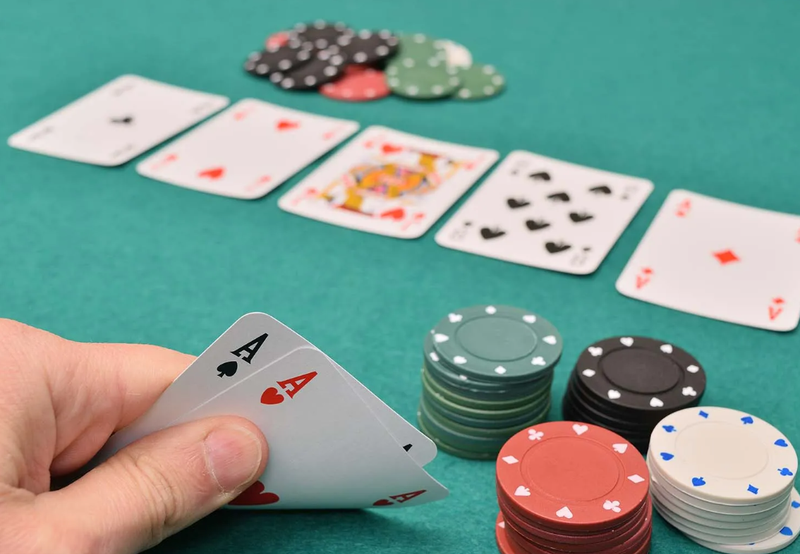
C-Bet is an important tactic to help maintain the initiative in the game.
What is C-Bet in poker? Definition and role in poker
C-Bet in poker is a popular term, especially in games like Texas Hold'em. The definition and role of C-Bet in poker is as follows.
Definition
C-Bet (continuation bet) is a subsequent bet action by the player who has actively raised before the community cards are turned over. More specifically, if you are the one who raises before the flop and then continues to bet after the flop is flipped, that action is called a C-Bet.
A Role in Poker
Maintaining the initiative
When you raise before the flop and continue C-Bet after the flop, you keep the initiative in the hand. This can put pressure on opponents, forcing them to make difficult decisions.
Create a chance to win right away
C-Bet can cause your opponent to fold, especially if they don't have a strong hand or haven't finished their hand. This helps you win the pot without having to look at the next cards.
Read the opponent's post
By C-Bet, you can gather information about your opponent's hand based on how they react. If they continue to call or raise, they may have a strong hand.
Pot Control
C-Bet helps control the size of the pot. You can decide the bet amount so as not to get pulled into a pot that is too big if your hand is not too strong.
C-Bet is an important tactic in poker and requires consideration of position, table image, as well as opponents. Skillfully applied, C-Bet can increase the odds of winning and optimize profits in the long run.

When you C-Bet, you put pressure on your opponents, forcing them to make tough decisions.
What are the factors that affect the effectiveness of C-Bet in poker?
The effectiveness of C-Bet in poker depends on a variety of factors. Here are some of the key factors that affect the efficiency of C-Bet.
Position
-
Late Position: C-Bet is usually more effective when you are in the latter position because you have more information about your opponent's actions.
-
Early Position: C-Bet from the top position can be riskier because you have less information about your opponent's reaction.
Board Texture
-
Dry Board: Flops like 2-7-Q are less likely for flush decks (straights or flushes), making C-Bet more effective.
-
Wet Board: Flops such as 8-9-T with plenty of opportunities for straights and flushes can reduce the effectiveness of C-Bet because the opponent can have a strong hand.
Table Image
-
Tight Image: If you are seen as a tight player, your C-Bet will be more respected and your opponent will be more likely to fold.
-
Loose Image: If you are seen as a loose player, your opponent may call or raise you more often.
Opponent
-
Tight Player: It is often easy to fold when you C-Bet.
-
Loose Player: It is often more difficult to force them to fold when you C-Bet.
-
Good Players: Able to detect your C-Bet and react accordingly.
Stack Sizes
-
Deep Stacks: C-Bet can be more profitable, but also riskier because opponents can chase draws.
-
Short Stacks: C-Bet can be less effective because the opponent can easily go all-in.
Frequency
-
C-Bet Too Often (Too Frequent C-betting): Easily detected and resisted by opponents.
-
Balanced C-betting: Keep your opponent guessing and not easily counterattacking.
Game Dynamics
-
Tight Game: C-Bet can be more effective.
-
Loose Game: Be more careful when C-Bet.
Bet Sizing
-
Small Bet: It can make it easy for the opponent to call, but it is also cost-effective if it is accused again.
-
Large Bet: Creates more pressure, but it is also risky if the opponent has a strong hand.
Mental and Psychological State
-
Good Mental State: Helps you make more informed decisions.
-
Stressful Mental State: Can lead to wrong decisions when C-bet.
Understanding and adjusting to these factors will help you use C-Bet more effectively in poker.

The efficiency of C-Bet depends on where you are at the table.
C-Bet Tactics in Basic Poker
C-Bet in poker is an important tactic, especially in Texas Hold'em. Here are some basic C-Bet tactics that you can adopt.
Standard C-Bet
-
Purpose: Continue betting after the flop has been raised to maintain the initiative and put pressure on the opponent.
-
When to apply: When the flop does not create much of a strong hand for the opponent (dry hand).
-
Example: You head up the flop with K-Q and the flop is 2-7-J. This is a good situation for C-Bet.
C-Bet Semi-bluff
-
Purpose: Bet when you have a hand that has the potential to improve (draw), to create pressure and have a chance to win right away.
-
When to apply: When you have a hand such as a flush draw or straight draw.
-
Example: You pre-fill the flop with A-Q♥♥ and the flop is J-7-3♥♥♣. You have a flush draw and can C-Bet as a semi-bluff.
C-Bet Value
-
Purpose: Bet when you have a strong hand to get the most value from your opponent.
-
When to apply: When you have a strong hand like a top pair or better.
-
Example: You pre-fill the flop with A-K and the flop is A-7-3. This is the time when you should C-Bet to get more chips from your opponents.
C-Bet Bluff
-
Purpose: Bet when you don't have a strong hand, in the hope that your opponent will fold.
-
When to apply: When the flop doesn't have much of a strong hand for your opponent and you don't have much chance of improving your hand.
-
Example: You head up the flop with a 9-8 and the flop is K-5-2. This could be an opportunity for C-Bet bluff.
Delayed C-Bet
-
Purpose: Wait until the turn (fourth card) to place a bet instead of placing a bet right after the flop.
-
When to apply: When the flop doesn't create much of a strong hand but the turn can change the situation.
-
Example: You head up the flop and flop out 7-8-2. You check the flop and wait for the turn to C-Bet if the turn doesn't change the situation much.
C-Bet Multi-way
-
Purpose: A bet when there are multiple players in the hand, in order to eliminate some opponents.
-
When to apply: When you have a strong or semi-bluff hand with high potential.
-
For example, you head up to the flop and there are two other players watching. Flop out Q-10-6 and you have K-J, you can C-Bet to eliminate the opponent.
C-Bet on Position
-
Purpose: Use the position advantage to make C-Bet more efficient.
-
When to apply: When you are in the back position and your opponent has checked.
-
For example, you head up the flop from the last position and flop out 6-9-2. Competitor check, you can C-Bet.
Bet Sizing
-
Small C-Bet: About 1/3 to 1/2 pot, to save chips when bluff and still pressurize.
-
Standard C-Bet: About 2/3 of the pot, to pressure and force the opponent to make a tough decision.
-
Big C-Bet: Close to the pot, to maximize value when there is a strong hand or to apply great pressure when bluffing.
Mastering and flexibly applying these C-Bet tactics in poker will help you improve your chances of winning.

In conclusion, C-Bet in poker is a powerful and versatile tactic that offers many advantages to players when applied correctly. From staying active, putting pressure on your opponents, to reading cards and controlling pot size, C-Bet contributes significantly to your victory in every hand.
However, the effectiveness of C-Bet in poker depends on many factors such as the location, the general board, the image of the table, and the characteristics of the opponent. Understanding and skillfully applying C-Bet tactics will help you improve your poker skills and optimize your profits.
Test and refine this tactic in real hands to feel the difference that C-bet in poker brings.


